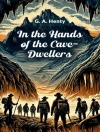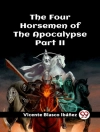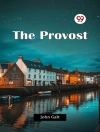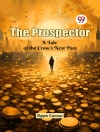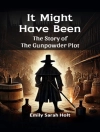In her enchanting novel ‘Love at Second Sight, ‘ Ada Leverson expertly weaves a narrative that explores the intricacies of love, social conventions, and personal identity in early 20th-century England. This text is characterized by its witty dialogue and sharp observations, reflecting the societal norms and expectations of the Edwardian era. Leverson’s literary style combines elements of satire and realism, offering a nuanced portrayal of relationships as characters navigate misunderstandings and revelations that come with the complexity of love’s second chances. Ada Leverson, an influential figure in the Bloomsbury Group and a close friend of literary luminaries like Oscar Wilde, draws upon her artistic milieu to lend depth to her characters and their experiences. Her insightful exploration of romantic entanglements and the emotional landscapes of her characters is likely influenced by her personal life and the vibrant literary circles in which she moved. Leverson’s familiarity with themes of desire and society adds an authenticity that resonates throughout the novel. ‘Love at Second Sight’ is a must-read for those intrigued by the dynamics of love and the human condition; Leverson’s keen observations and engaging narrative will captivate readers seeking both humor and introspection. This novel serves as a timeless reminder that love often arrives unexpectedly, illuminating the paths of its seekers with renewed clarity.
关于作者
Ada Leverson (1862–1933), a British writer and humorist, is renowned for her close association with the aesthetic movement in the late 19th and early 20th centuries, and her friendship with Oscar Wilde, who affectionately dubbed her the ‘Sphinx’. With a literary output that sparkled with wit and satire, Leverson was a noteworthy figure in the transition from Victorian to modern sensibilities in English literature. Her works often explored themes of love, social mores, and the complexities of matrimonial relationships, which were depicted with a lightness of touch and a rapier wit that endeared her to her contemporaries and modern readers alike. ‘Love at Second Sight’, a novel that showcases Leverson’s characteristic blend of humor and insight, is a testament to her literary style, distinguished by its incisive social commentary and drollery (Leverson, 1916). Leverson’s work is characterized by its epigrammatic brilliance, and her dialogue frequently sparkles with a polished finesse reminiscent of Wilde’s own (Beckson, 1985). Though not as widely remembered in the contemporary literary canon as some of her peers, Leverson nonetheless made significant contributions to the field with her novels, short stories, and essays, all of which reflect the zeitgeist of an era on the cusp of modernity (Ardis, 2002).




